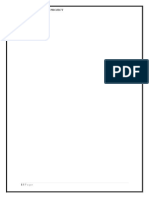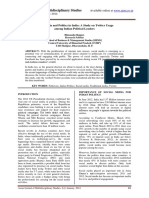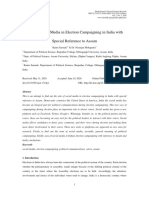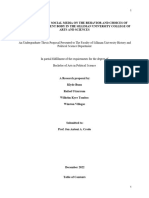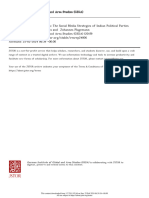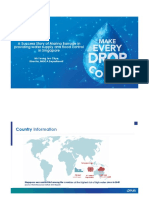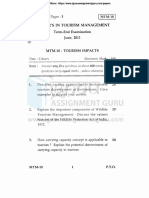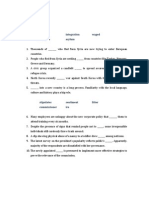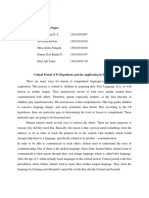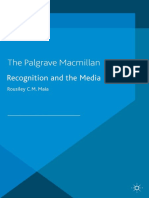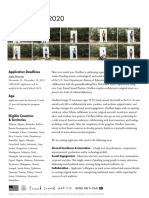0% found this document useful (0 votes)
243 views7 pagesPolitical Science Project
The document discusses the impact of social media on elections in India, highlighting its role in political campaigning, voter engagement, and the spread of misinformation. It emphasizes the dual nature of social media as both a tool for empowerment and a source of challenges, particularly regarding the proliferation of fake news. The conclusion calls for stronger regulations and collaboration to enhance electoral integrity and promote informed citizen participation.
Uploaded by
Khyati GuptaCopyright
© © All Rights Reserved
We take content rights seriously. If you suspect this is your content, claim it here.
Available Formats
Download as DOCX, PDF, TXT or read online on Scribd
0% found this document useful (0 votes)
243 views7 pagesPolitical Science Project
The document discusses the impact of social media on elections in India, highlighting its role in political campaigning, voter engagement, and the spread of misinformation. It emphasizes the dual nature of social media as both a tool for empowerment and a source of challenges, particularly regarding the proliferation of fake news. The conclusion calls for stronger regulations and collaboration to enhance electoral integrity and promote informed citizen participation.
Uploaded by
Khyati GuptaCopyright
© © All Rights Reserved
We take content rights seriously. If you suspect this is your content, claim it here.
Available Formats
Download as DOCX, PDF, TXT or read online on Scribd
/ 7


















